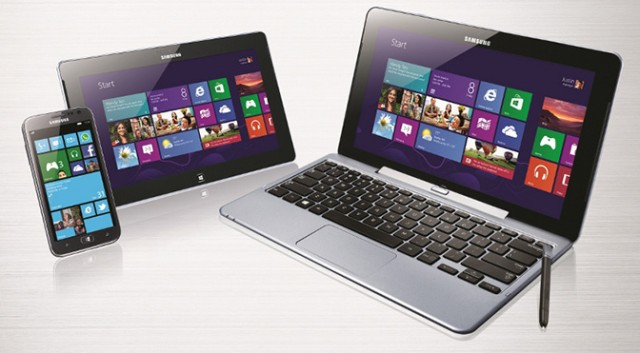Slow computer is clearly the bane of modern companies. This will affect the productivity of many professionals. People hate it because they may spend much of the day trying to fix the computer and nothing will be completed. Slow computer can be a rather vague condition and there are specific things that may cause the condition. Company computers could be installed with many startup programs. As an example, there could be anti-virus, anti-malware, anti-adware, ads blockers and firewall that are installed based on company IT policies. Sluggishness can happen because all of these programs are running in the background taking up more processor and RAM resources.
Company computers could also have automatic updates enabled and this could hog the system. In general, it is a good idea to let the in-house IT technician to perform manual updates. Alternatively, updates can be stored in public folder and employees are asked to perform updates when they are available. Corporate IT professionals should be aware that some software could become CPU hogs. In general, common software such as Google Chrome browser and Microsoft Word utilize small amount of resources. However, there could be some proprietary software that requires much more resources.
It is important to regularly check company computers and observe software that requires more processor and RAM resources. Svchost is a generic process and it is often the culprit of slow performance. We could use Process Explorer to know what software is running within the process.
In general, we should have enough RAM, as an example, both Windows 8 and Windows 10 require at least 4GB of RAM for bare minimum usages. For productivity software with additional resource requirements, businesses may need to invest 8GB or 16GB of RAM for each computer. This is the only thing that we should do if we hope to obtain at least decent performance.
Another thing that could reduce performance in office setting is slow Outlook performance. It is a comprehensive email solution with many useful features. Unfortunately, some of the capabilities could actually quash performance. In this case, we should know how Outlook behaves in the Exchange environment. Keeping files in sync could require plenty of resources utilization. Problems could appear when files become fragmented and corrupted. It could be necessary for businesses to assign larger default mailbox on company computers to prevent this situation.
Employees should perform specific methods to prevent this condition. As an example, employees could be asked to delete the file and Outlook could be forced to recreate it. In this case, we may need to look for specific .ost files in the computer. For the sake of performance, it is recommended that we use fewer than 5000 items in the folder. When there are more than 10,000 items in the Outlook, the overall performance could start to degrade significantly. There should be a company-wide policy to cull the number of items in the mailbox. This will help to improve performance.
































No Comments
Leave a comment Cancel